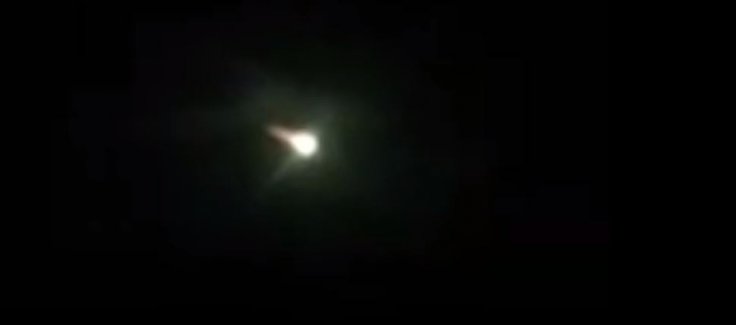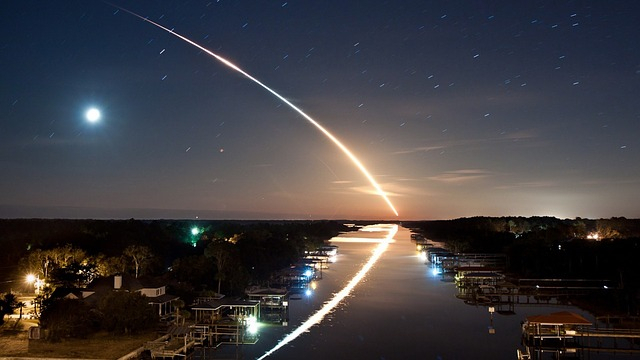A meteor shower caused by a passing comet is expected to take place next month. Due to the inconsistency of the meteor shower, there's a chance sky gazers can catch up to 100 fireballs per hour during the cosmic event.
The upcoming meteor shower is known as the Lyrids, which originated from the constellation Lyra. The shower is produced by the particles of dust that come from the long-period comet known as C/1861 G1 Thatcher. It is regarded as the strongest annual meteor shower produced by a long-period comet due to its short orbital period of 415 years.
The Meteor Shower's Peak

According to the American Meteor Society, the Lyrids meteor shower will take place from April 16 to April 30. It is expected to reach its peak on April 21 to 22. Sky gazers will be able to easily catch the shower on these dates since the Moon will only be one percent full during this period.
The shower's peak is expected to produce about 10 to 15 meteors per hour, with each cosmic rock moving at speeds of up to 30 miles per second. However, since the Lyrids shower is known to be inconsistent when it comes to its production, there's a chance that the number of meteors per hour during its peak could spike up to 100.
Watching The Lyrids Meteor Shower

Experts noted that the upcoming meteor shower next month will be visible from different parts of the globe. Of course, the shower's visibility will also depend on the conditions of the location where it will be viewed. According to NASA, the best time to view the upcoming meteor shower is after the Moon appears. Also, it would be best for sky gazers to pick a spot that's far from well-lit areas or those affected by light pollution. Doing so will significantly increase the chances of spotting meteors from the shower.
"Find an area well away from city or street lights," NASA stated. "Come prepared with a sleeping bag, blanket or lawn chair. Lie flat on your back with your feet facing east and look up, taking in as much of the sky as possible. After about 30 minutes in the dark, your eyes will adapt and you will begin to see meteors."








